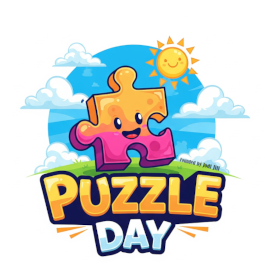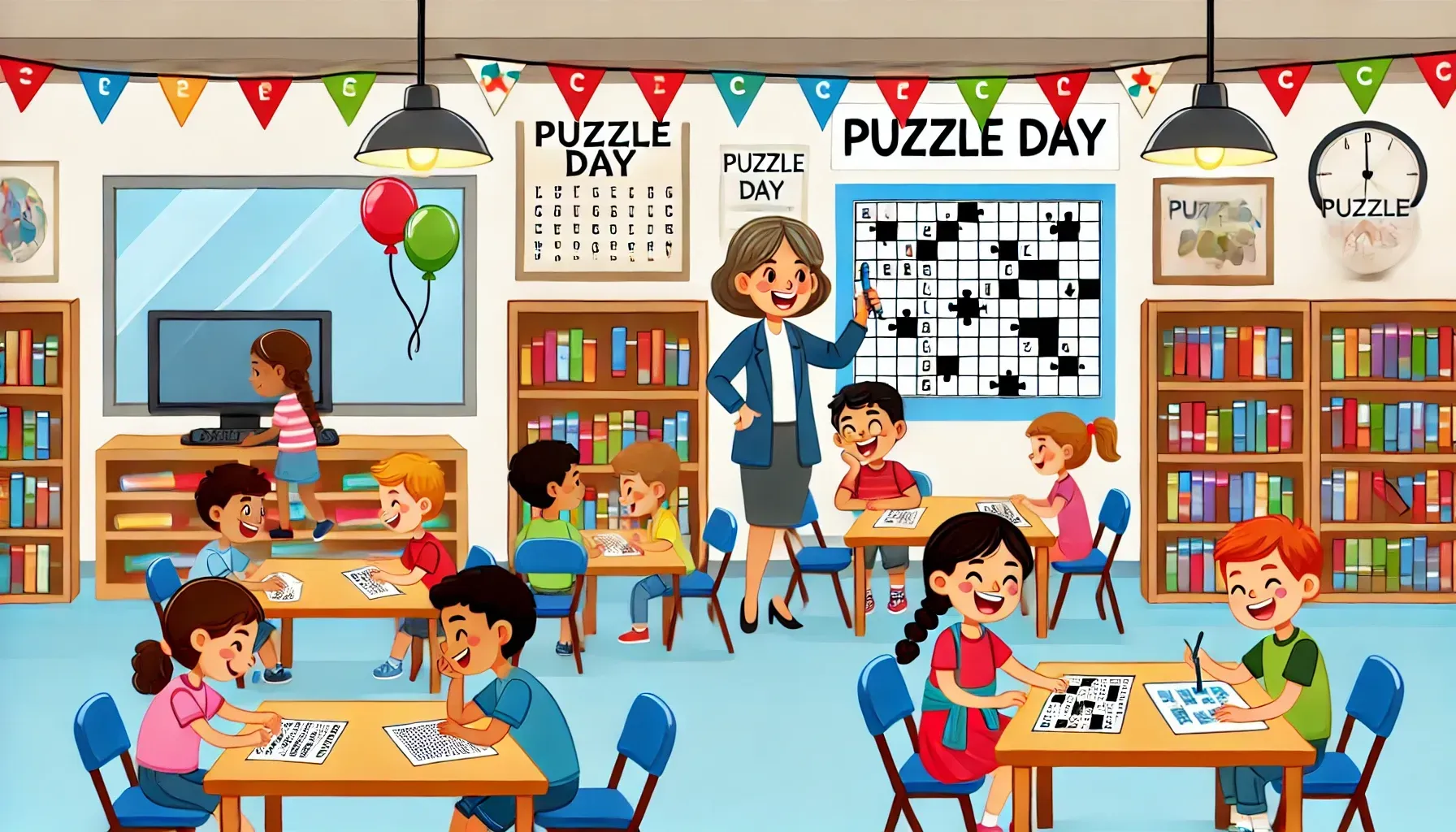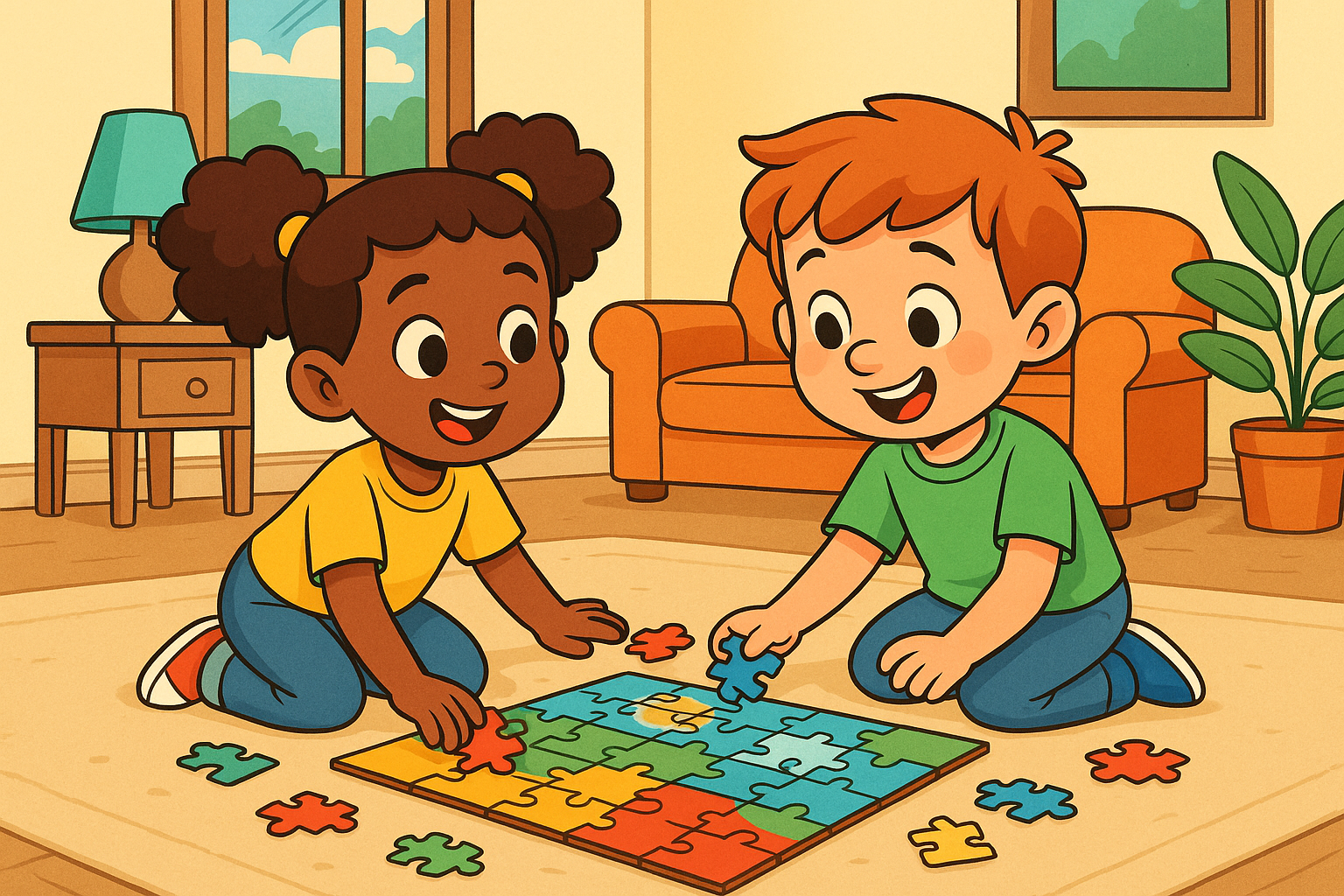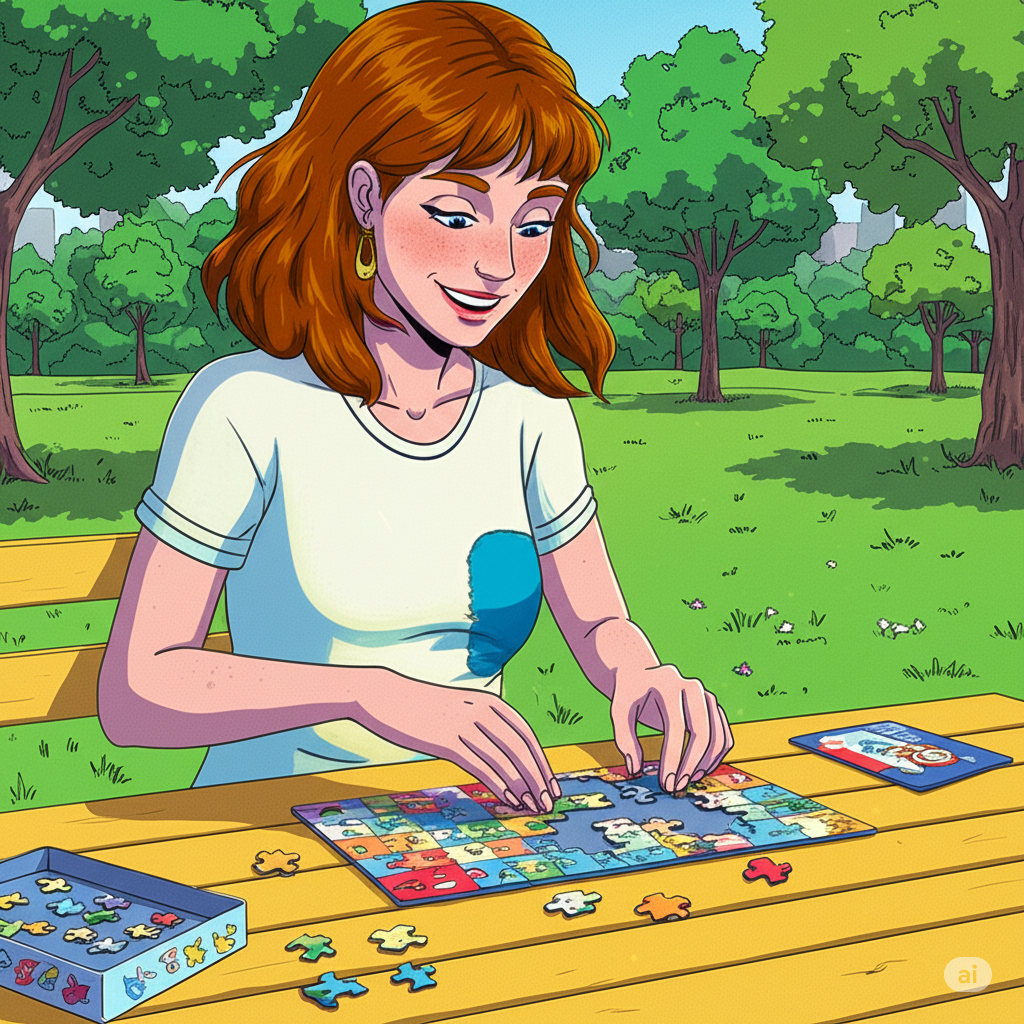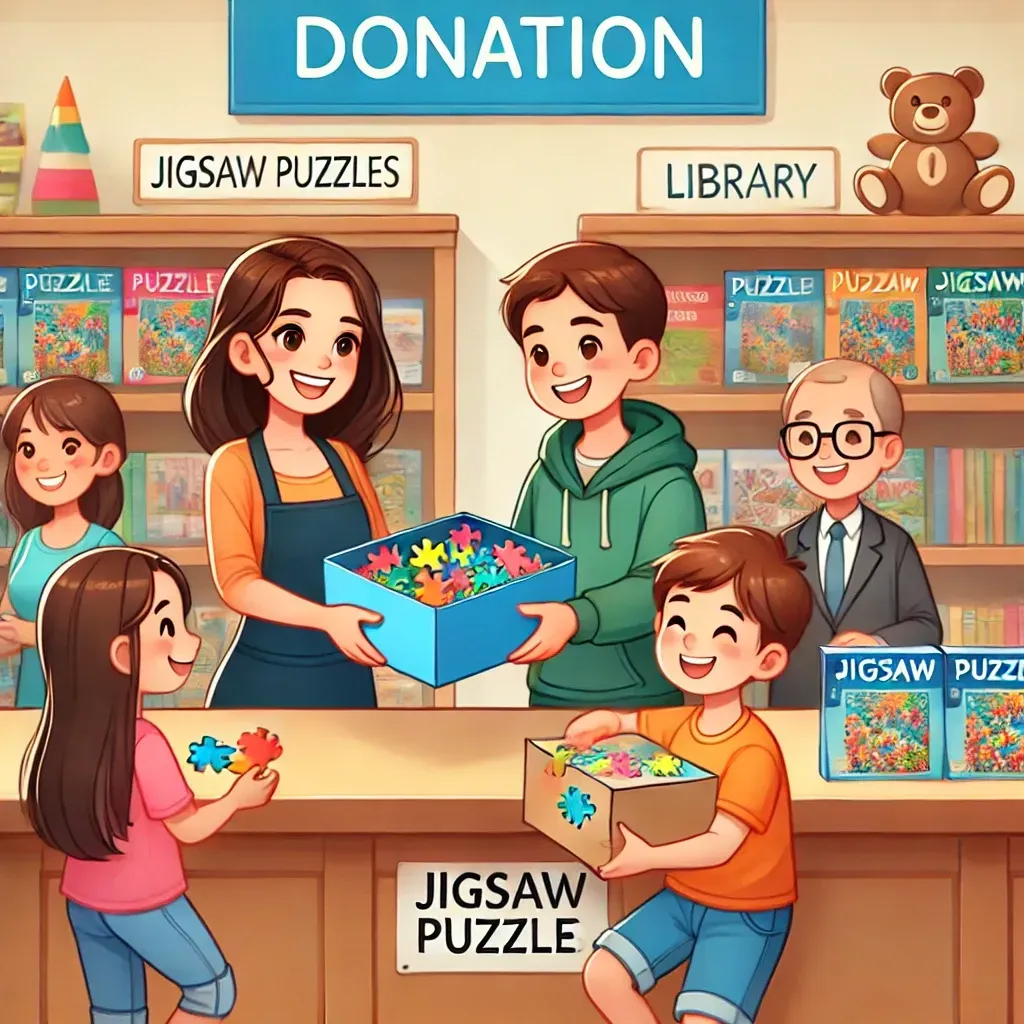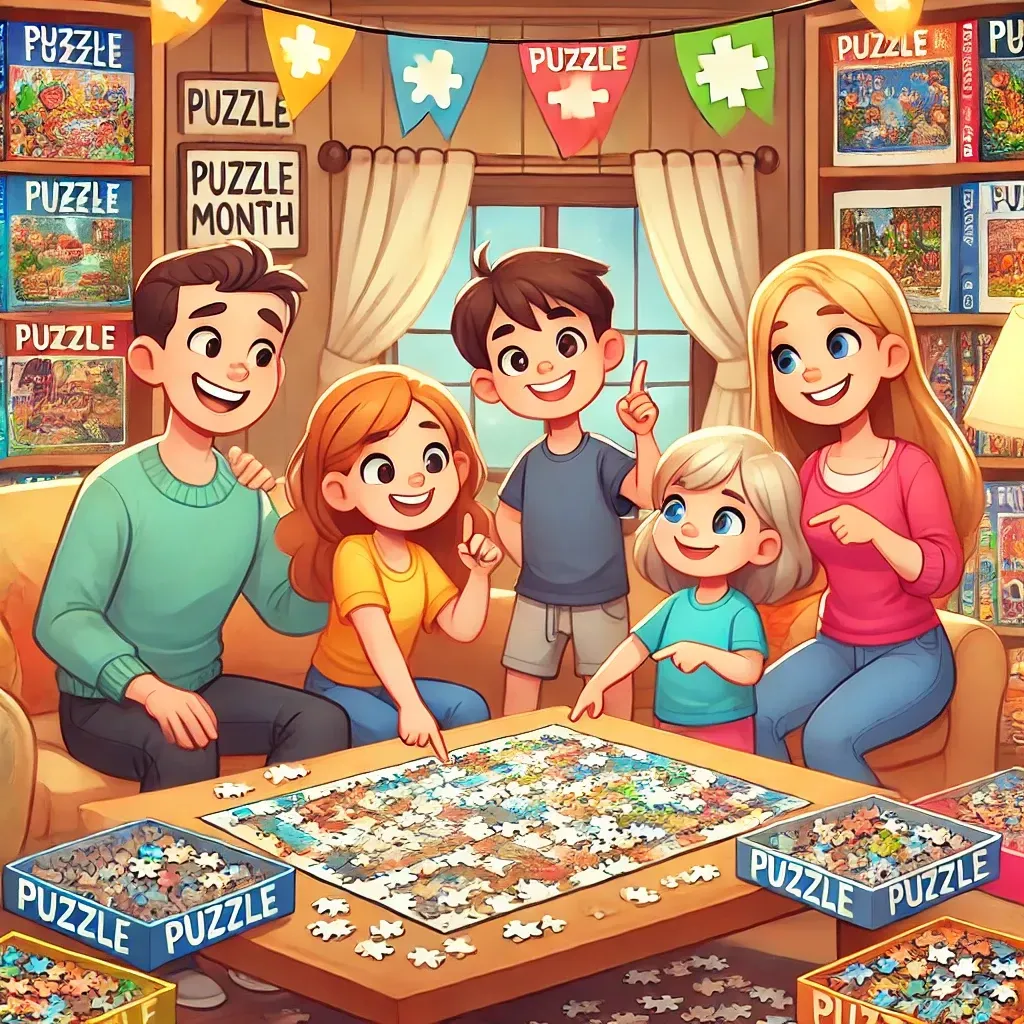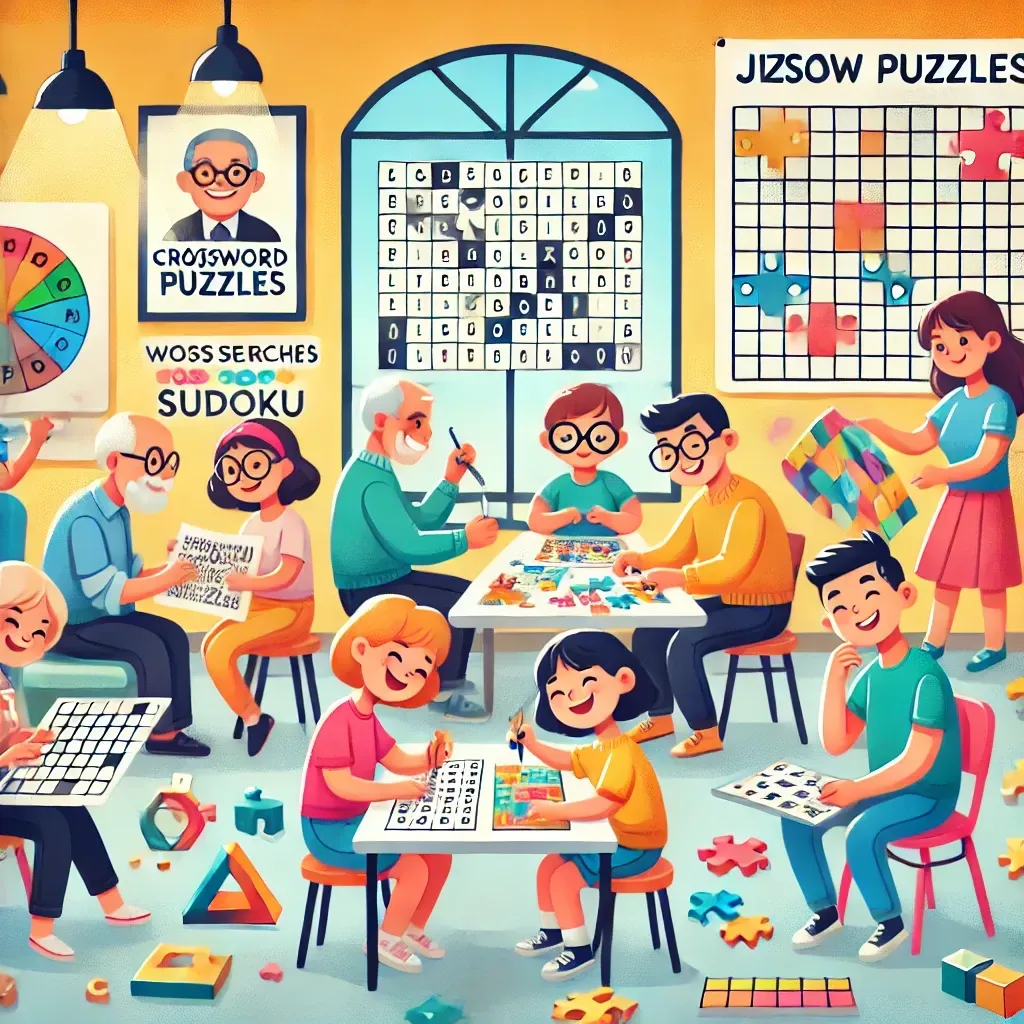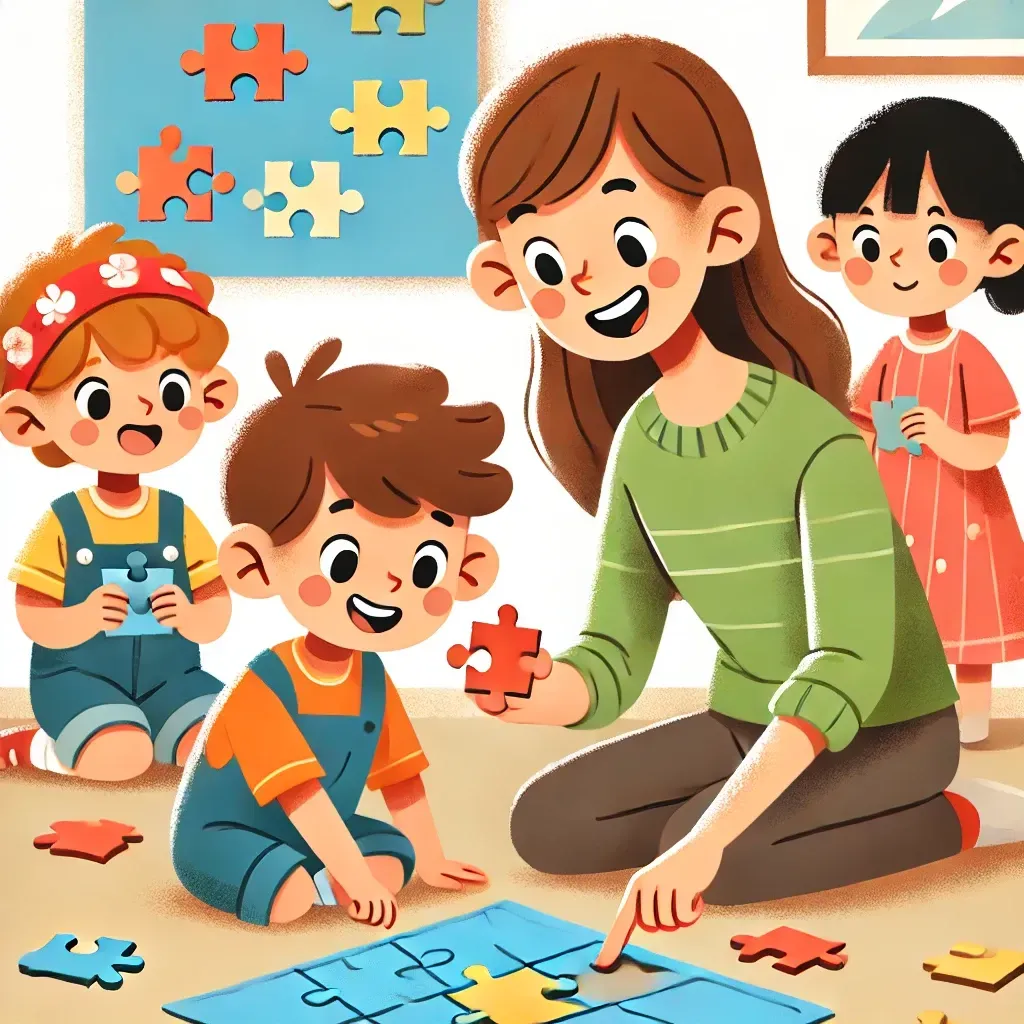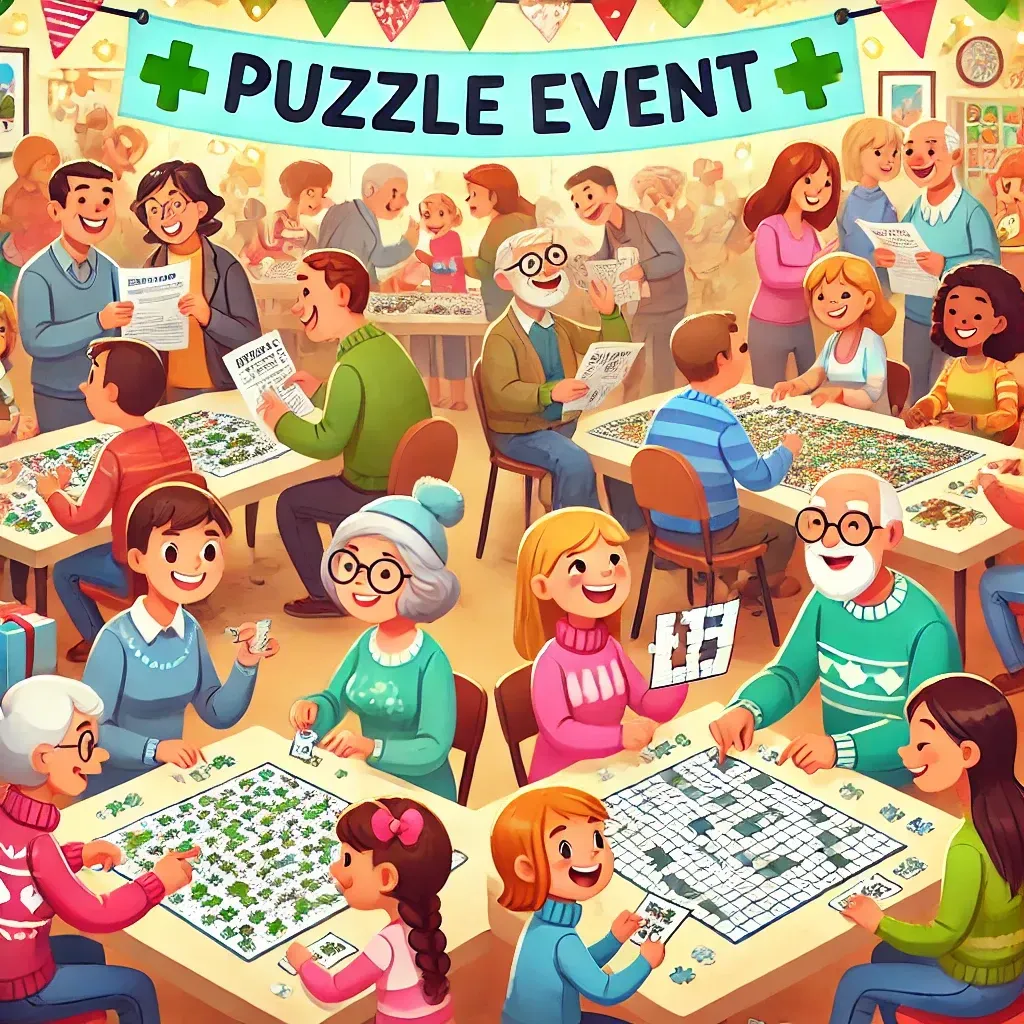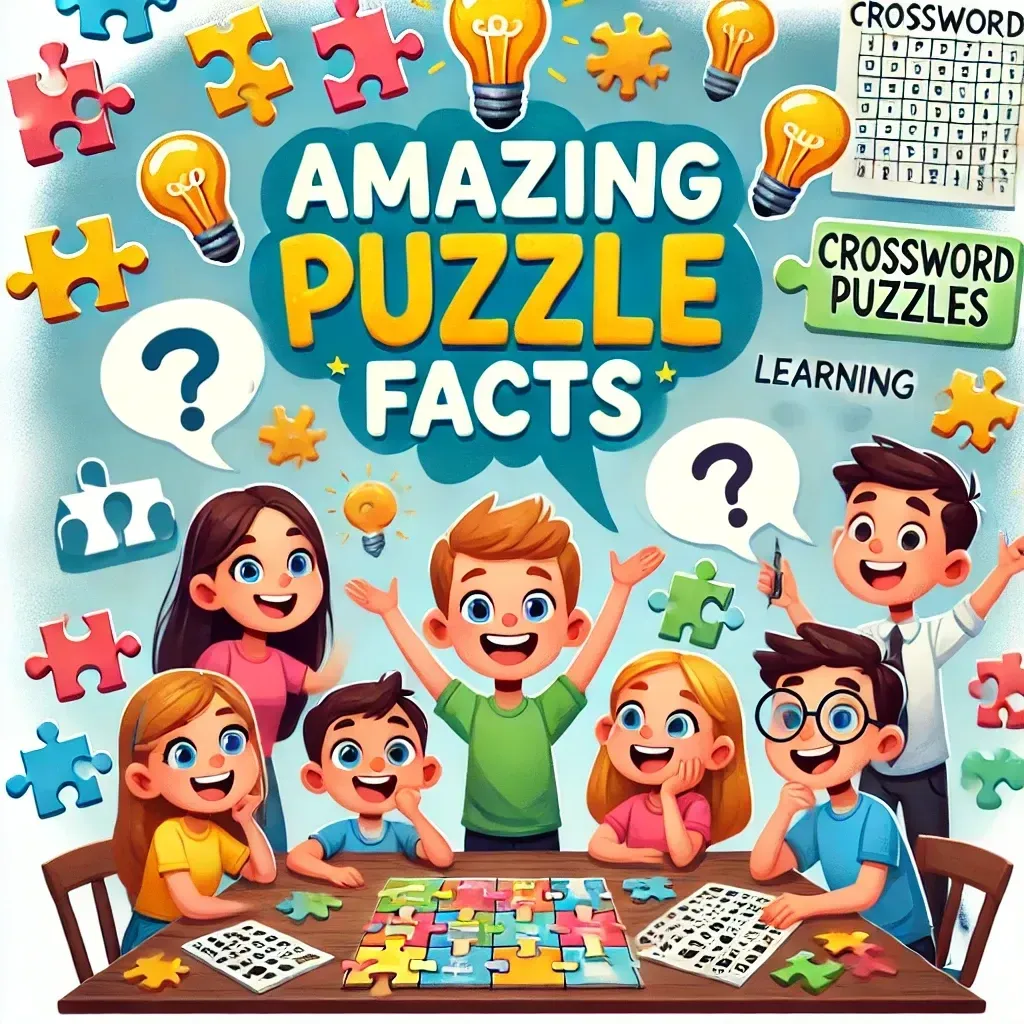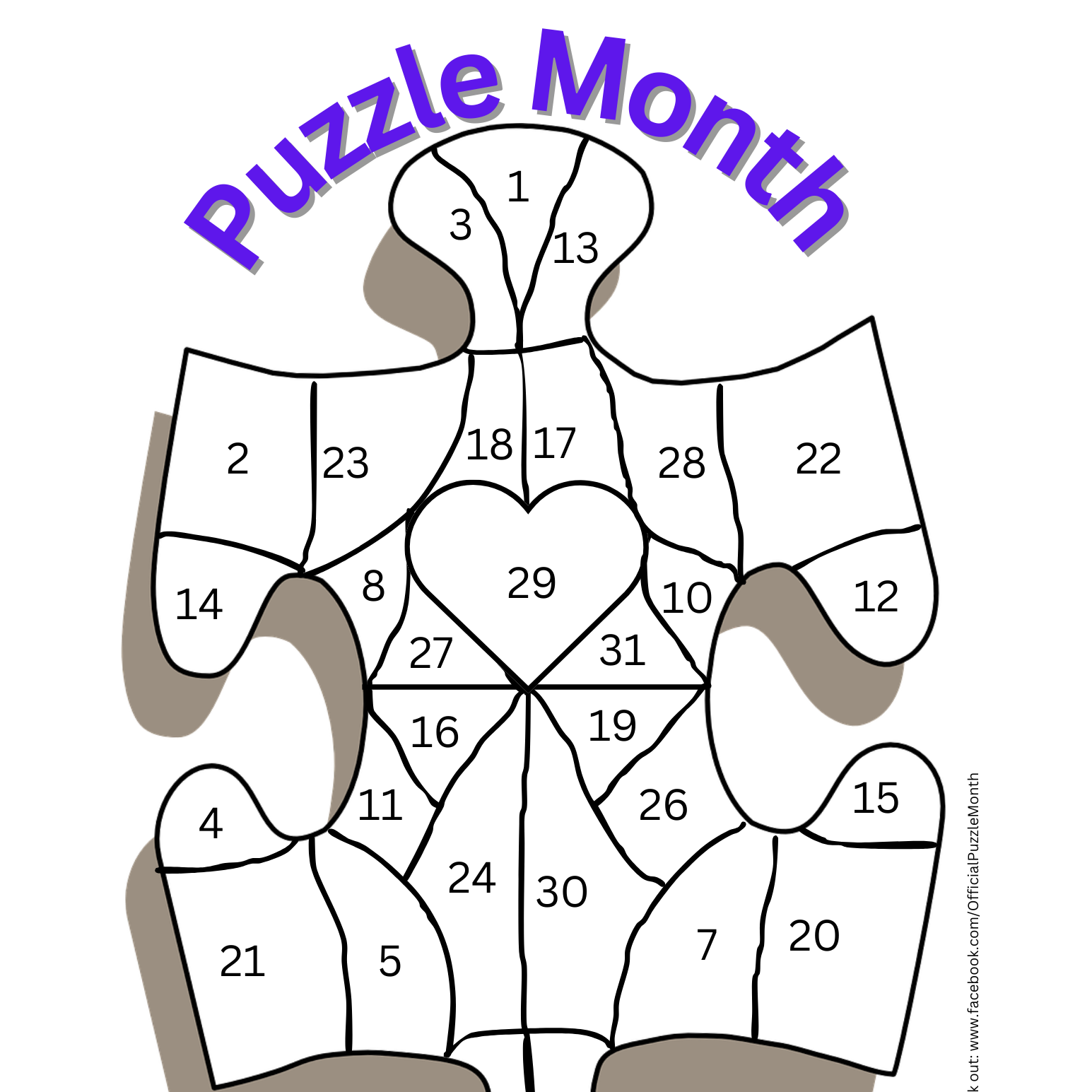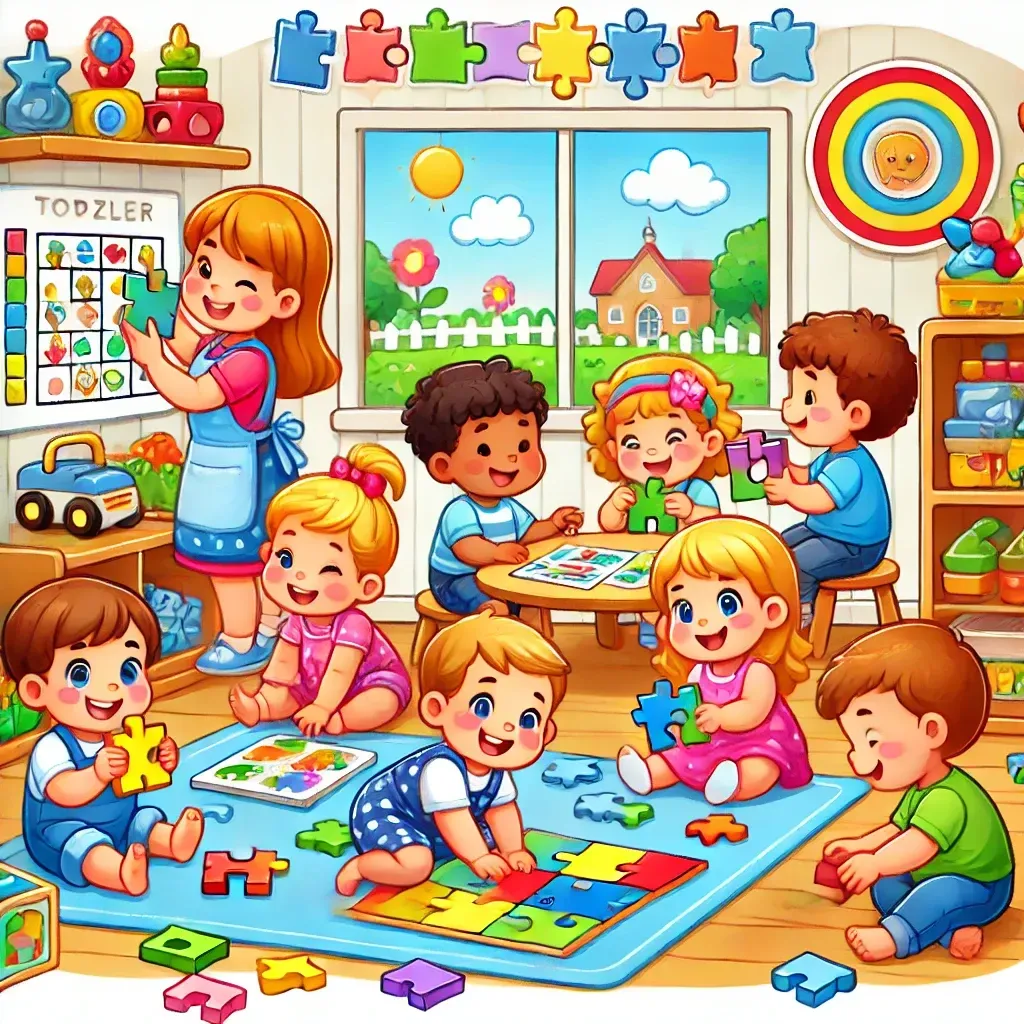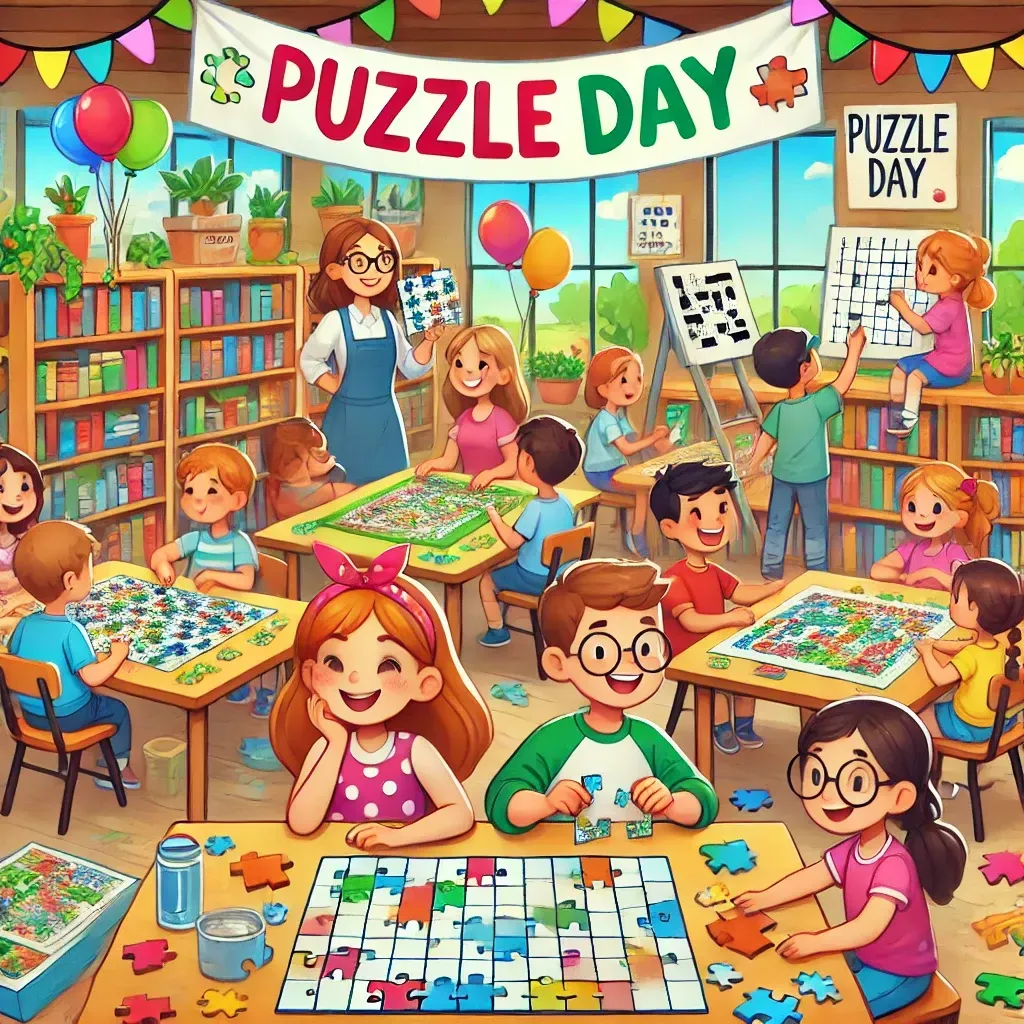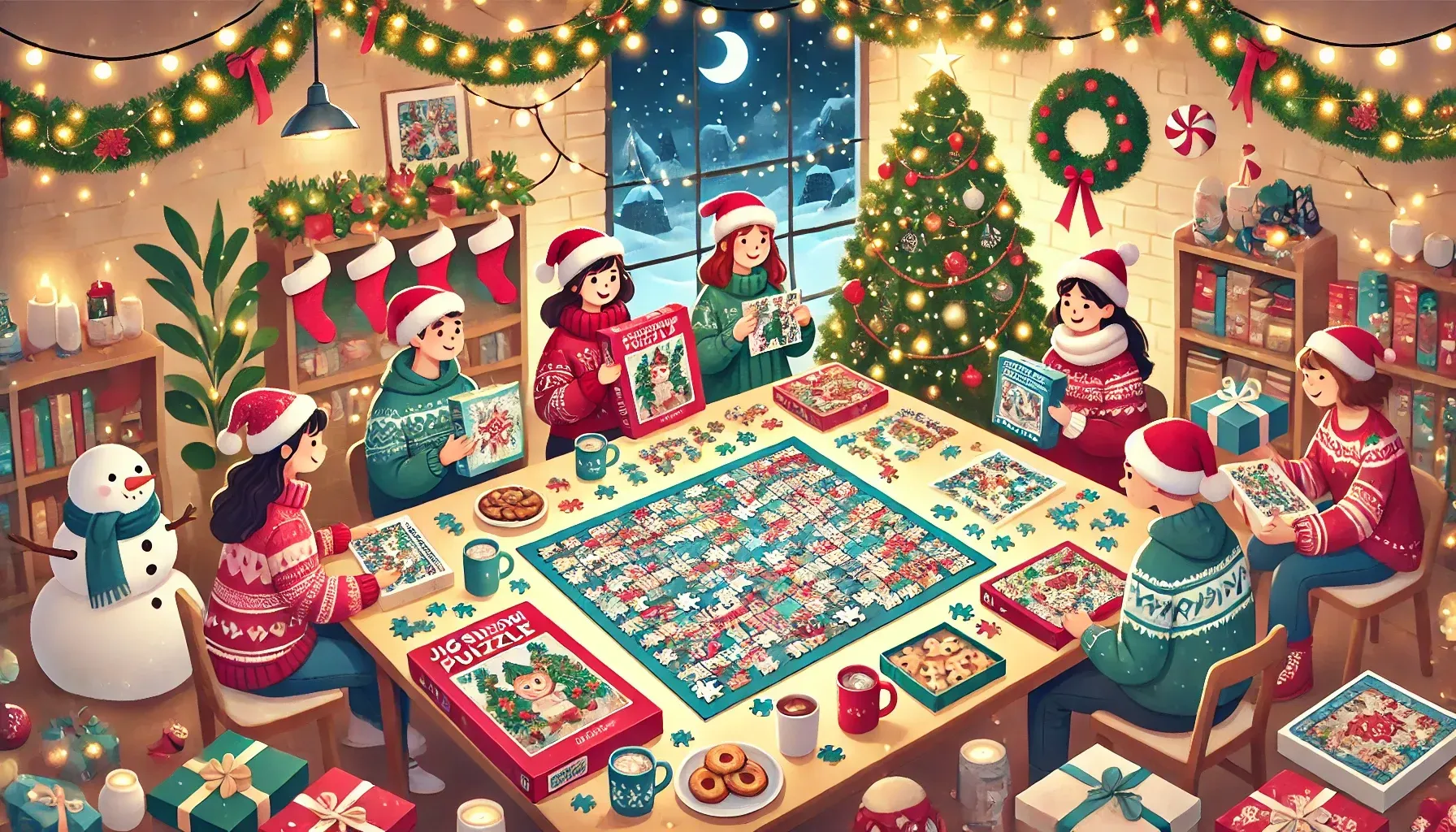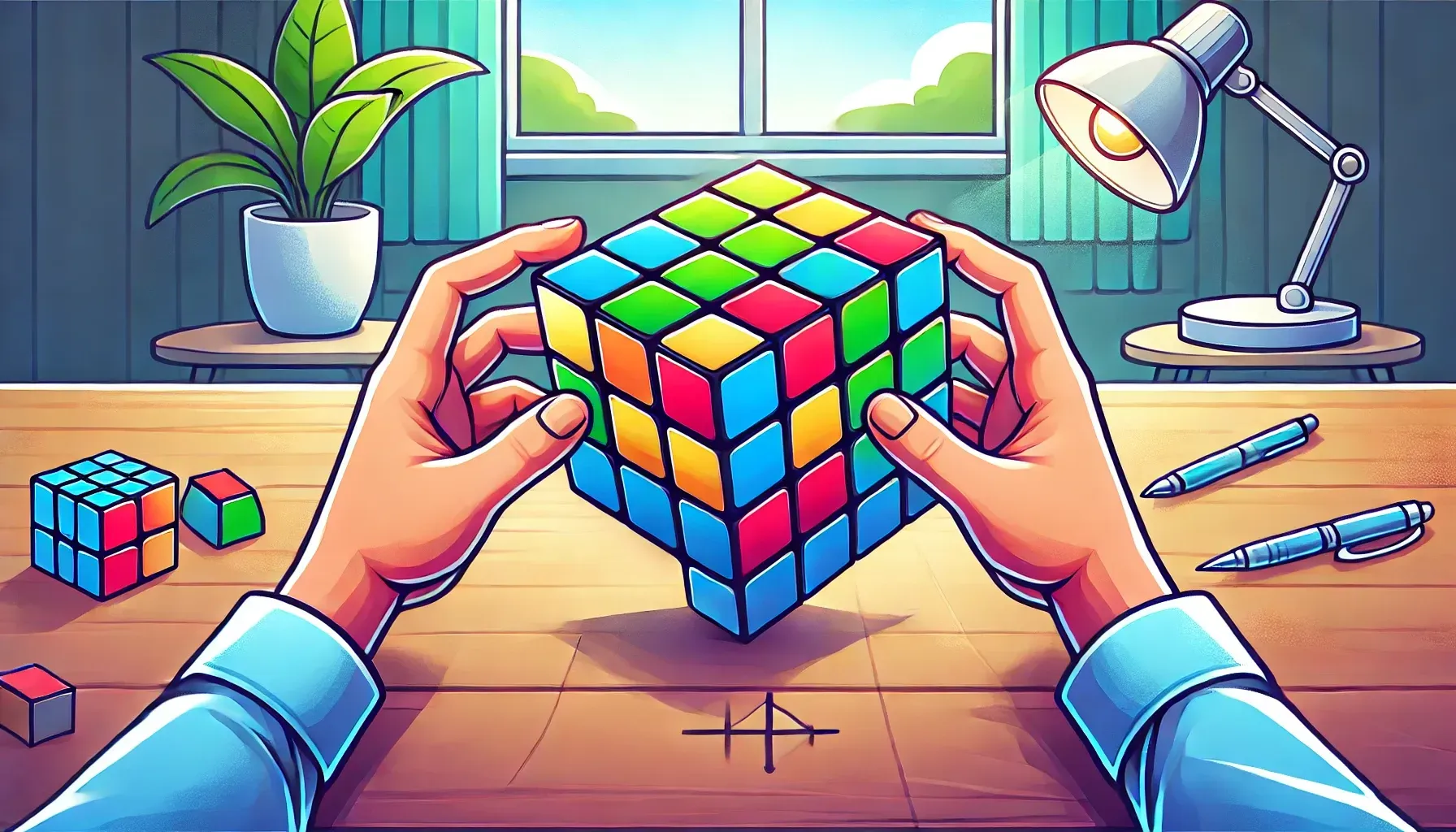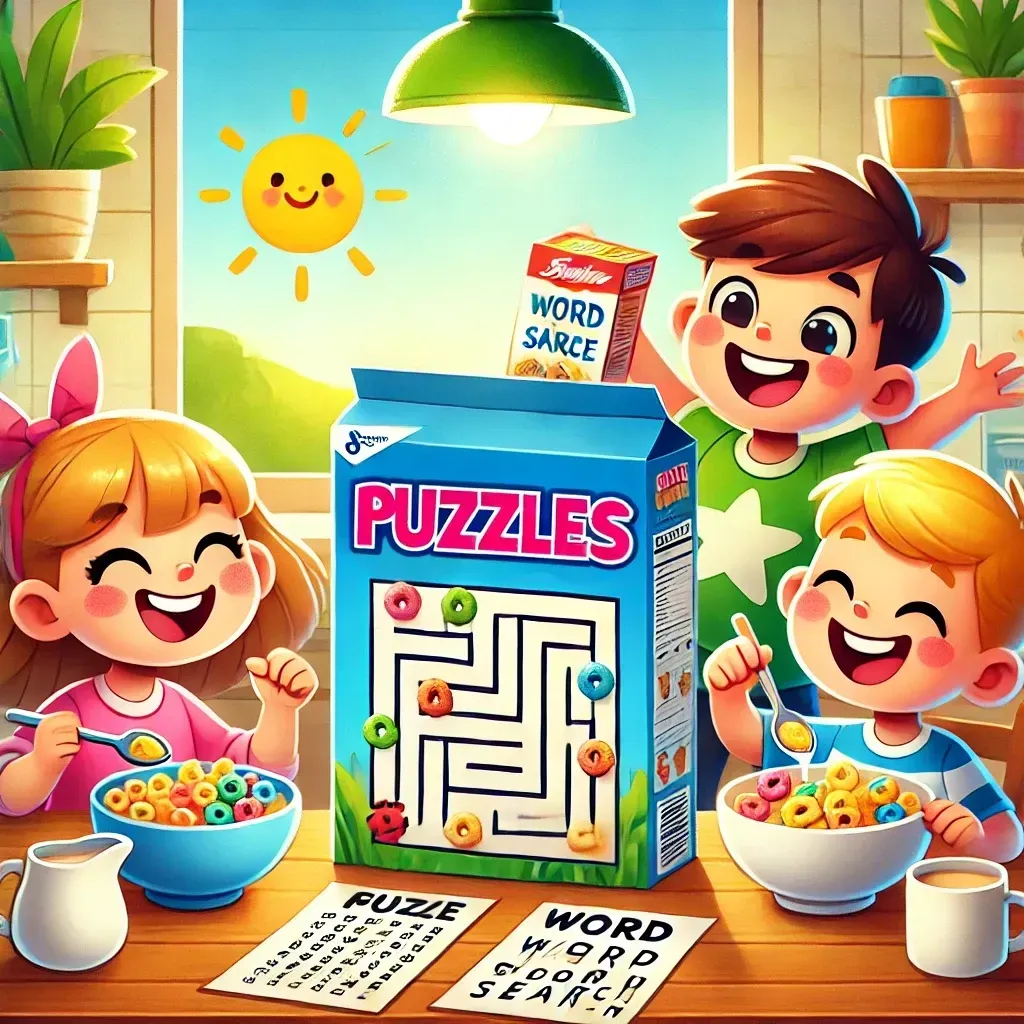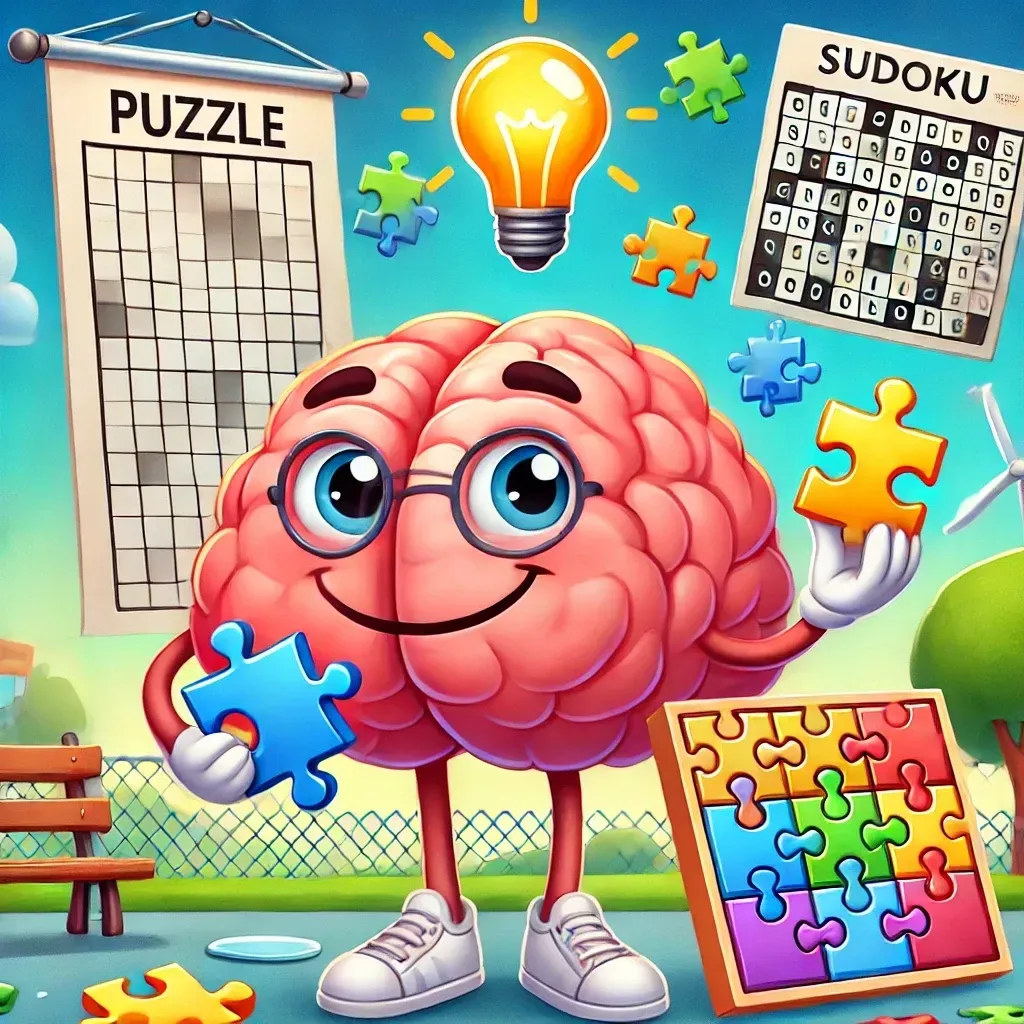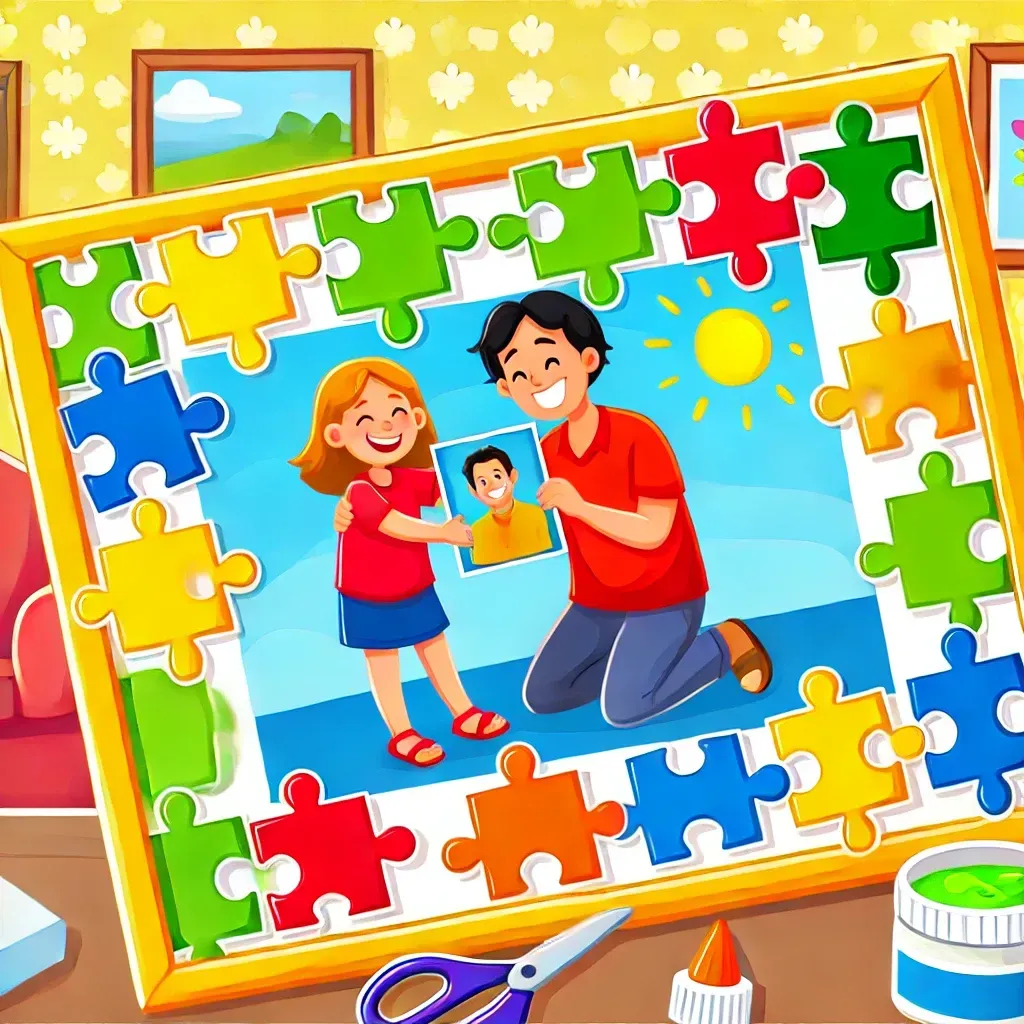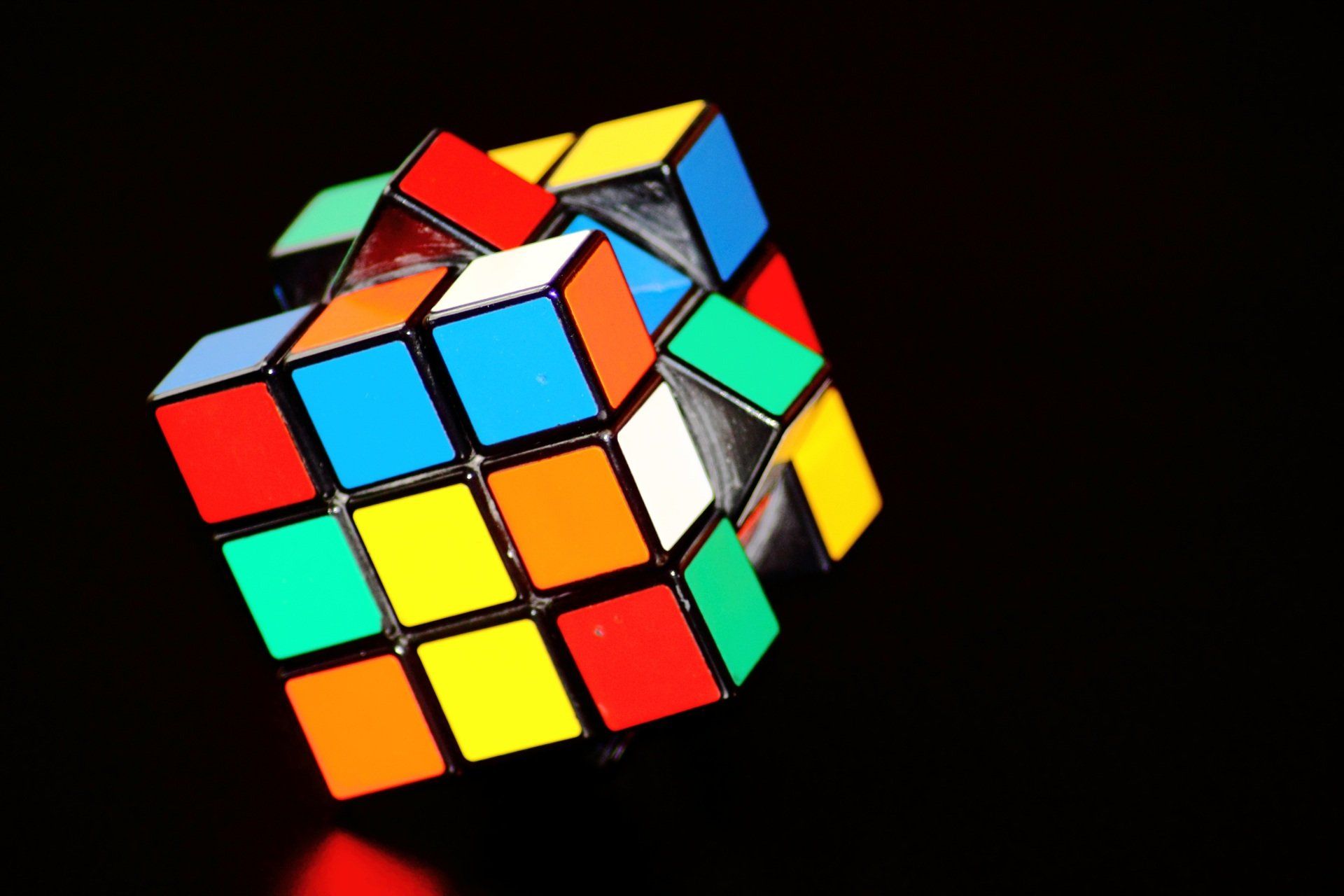How to Host a Puzzle Day Party at Schools and Libraries
Puzzle Day Party For Students at School, Library
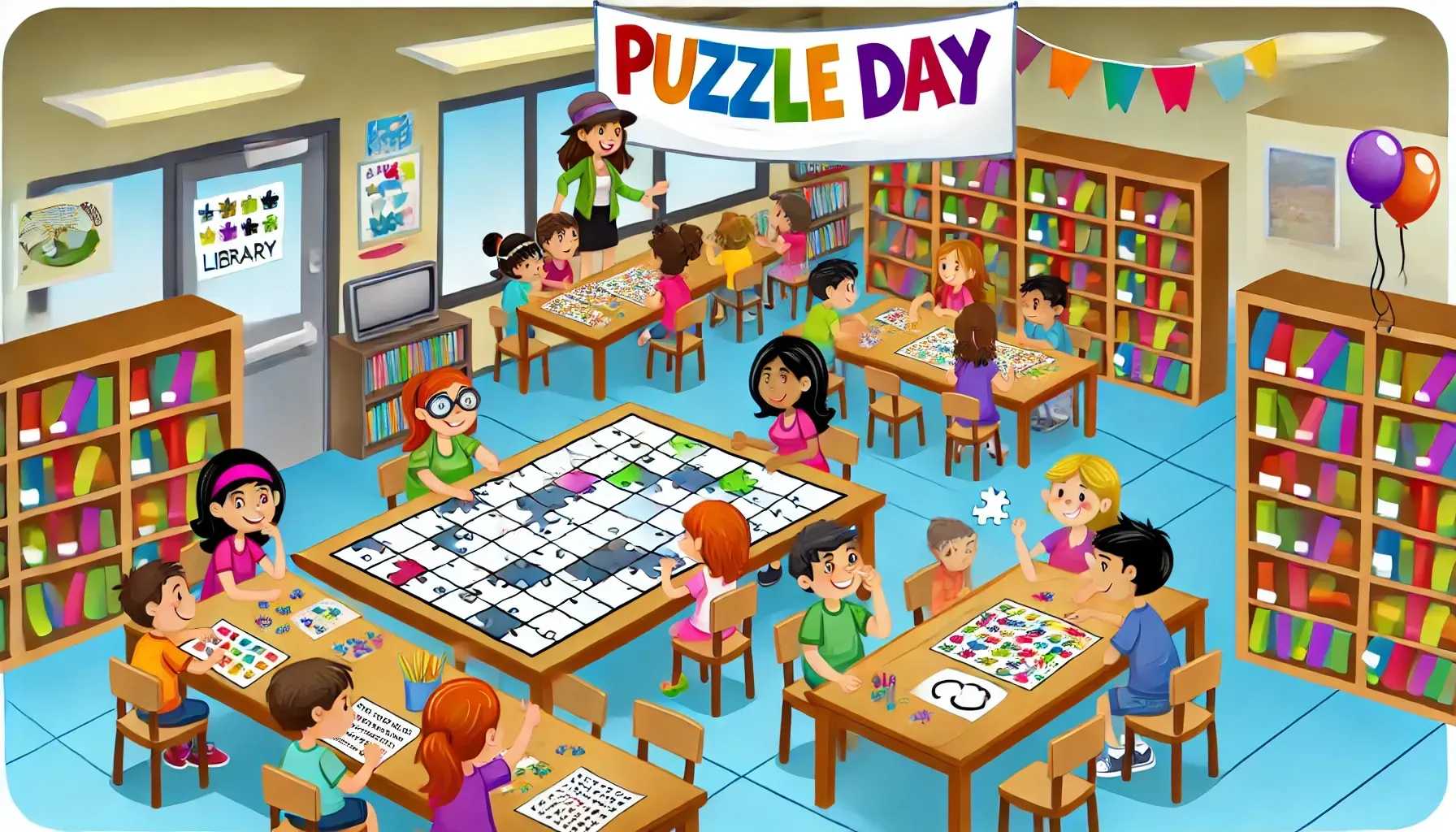
Hosting a puzzle day party is a fantastic way for teachers and librarians to engage grade school students in a fun, educational, and collaborative activity. Puzzles encourage critical thinking, teamwork, and creativity while providing a screen-free, hands-on experience that kids will love. Whether you’re planning this as a classroom event, library program, or after-school activity, a puzzle day party is a memorable way to bring students together.
Puzzle Day is all about the love of puzzles. Yes, you will see dozens of sales (insert eye rolls here) but truly when the founder started this idea, it was for the kids. And it's still about the kids today. Bringing together the best of the puzzles, you can impact a child's life for the better. It's an exploration of ideas, based on a puzzle, that merges education and entertainment. So when we hear that someone is interested in hosting a puzzle day party, we couldn't be more enthusiastic!
Here at Puzzle Day headquarters, we've seen some amazing parties happen over the years. Librarians and Teachers have really pulled off some fun times for their students. What we hope to offer you, with this detailed guide, is to help you plan and execute the perfect puzzle day party for your students.
Why Host a Puzzle Day Party?
Puzzles offer numerous benefits for young learners, including:
- Building Problem-Solving Skills: Puzzles encourage logical thinking, pattern recognition, and persistence.
- Promoting Teamwork: Working together on a puzzle teaches collaboration and communication.
- Enhancing Focus and Patience: Puzzles require attention to detail and a steady approach, which are valuable skills for school and life.
- Boosting Creativity: Puzzles come in various types—jigsaw puzzles, word searches, crosswords, and brainteasers—that spark creativity and engagement.
A puzzle day party is a fun and low-cost way to incorporate these benefits into a lively group setting. You can bring so much joy into the life of a child by sharing a puzzle. It's a way to explore the world without being bond by anything more than the moment in front of them.
Step 1: Setting Up the Puzzle Day Party
Choose a Location
Where you have your Puzzle Day party can offer a few basic points. How many students can come, what type of puzzles and more.
- Classroom: Rearrange desks or tables to create puzzle stations for small groups.
- Library: Use reading tables or open spaces for stations while incorporating books or themes that tie into the puzzles.
- Multipurpose Room or Gym: For larger groups, set up puzzle zones with clear signage.
Pick a Theme
A theme can make the event even more exciting for students. Some ideas include:
- Animals: Puzzles featuring wildlife or pets.
- Outer Space: Space-themed puzzles or mazes.
- Fairy Tales: Story-related puzzles that tie into library books.
- Seasonal: Puzzles based on holidays, seasons, or special events.
- Decorate the space to match the theme using posters, balloons, and tablecloths.
Gather Supplies
To ensure your puzzle day party runs smoothly, prepare the following materials:
- A variety of puzzles (jigsaw puzzles, crosswords, word searches, logic puzzles, etc.).
- Sorting trays or bins for organizing puzzle pieces.
- Clipboards and pencils for paper-based puzzles.
- Prizes or certificates for participation.
- Snacks and water (optional).
Step 2: Planning the Activities
Jigsaw Puzzle Stations
Set up tables with jigsaw puzzles of varying difficulty levels. Label each table with the number of pieces (e.g., “Easy: 24 Pieces,” “Medium: 100 Pieces,” “Challenge: 500 Pieces”). Allow students to work individually or in teams to complete the puzzles.
Puzzle Challenges
Create timed challenges to add excitement, such as:
Speed Puzzle Contest: Who can assemble a small puzzle the fastest?
Team Relay Puzzle: Teams take turns adding pieces to a group puzzle.
Find the Missing Piece: Hide a piece of each puzzle around the room for students to locate before finishing.
Brain Games Corner
Include stations with word searches, crosswords, Sudoku, or riddles. Provide easy and challenging options so all students can participate.
Puzzle Crafts
Encourage creativity with hands-on activities like:
Making their own jigsaw puzzles using blank puzzle templates and markers.
Designing word searches or mazes for classmates to solve.
Collaborative Giant Puzzle
As a centerpiece activity, have the entire group work together on an oversized jigsaw puzzle. This promotes teamwork and provides a shared sense of accomplishment.
Step 3: Setting Expectations
To ensure the event runs smoothly, establish clear expectations. Consider explaining how puzzles help develop important skills, such as problem-solving and teamwork, to give students a sense of purpose. Ideas we've seen at previous puzzle party events include:
- Participation: Let students know they’re expected to try different types of puzzles and work respectfully with others.
- Behavior: Set guidelines for sharing, taking turns, and being patient with teammates.
- Time Management: Encourage students to rotate through stations so everyone gets a chance to enjoy all the activities.
Step 4: Making It Fun and Memorable
Music and Ambiance
Play light, instrumental background music to create a relaxed atmosphere. Adjust the volume so it doesn’t interfere with communication.
Snacks and Refreshments
Offer simple, mess-free snacks like pretzels, fruit, or popcorn. Make sure to account for any allergies and provide water to keep students hydrated.
Prizes and Recognition
Celebrate everyone’s efforts with certificates, stickers, or small prizes like erasers or bookmarks. Create categories such as:
“Fastest Puzzle Solver”, “Best Team Player” or “Creative Puzzle Maker.”
Step 5: Wrapping Up
End the event on a high note by gathering everyone for a brief reflection. The more the students share, the more excited the group will be to know that there are more puzzles to explore after Puzzle Day.
Ask students to share:
- Their favorite puzzle or station.
- Something new they learned.
- Any funny or memorable moments.
- Take group photos with completed puzzles (with parental permission) to capture the fun.
A Story to Inspire Your Puzzle Day Party
Mrs. Carter, a third-grade teacher, was always looking for unique ways to keep her students engaged. She noticed how much her students loved free-play puzzles during rainy-day recess, so she decided to host a puzzle day party in her classroom.
She decorated the room with jungle-themed posters and set up stations featuring animal jigsaw puzzles, safari word searches, and even a giant elephant maze for the entire class to solve together. To her surprise, even her most active students were captivated by the puzzles, working patiently and excitedly with their peers.
The highlight of the day was when one team, after struggling to find a missing puzzle piece, discovered it under a chair and cheered as they placed it into the final spot. Mrs. Carter was thrilled to see her students not only enjoying themselves but also building important skills like teamwork and perseverance. From that day on, Puzzle Day became an annual tradition in her classroom.
Tips for a Successful Puzzle Day Party
Prepare Extra Puzzles: Some students may finish quickly, so have backup activities ready. Sites like PuzzlesToPlay have hundreds of free puzzles to download and print. Don't forget that Puzzle Day website has Puzzle Day activities free to use as well.
Encourage Inclusivity: Make sure puzzles are accessible to students of all abilities. While you might feel it's important to have puzzles equal to the grade levels, be sure to have a few puzzles that stretch your students and a few that are easier.
Get Volunteers: Enlist older students, parents, or staff to help manage stations. The encouragement of adults always provides added interest.
Take Breaks: Provide time for students to stretch and recharge between activities.
Why Teachers and Librarians Should Host a Puzzle Day
A puzzle day party is more than just a fun event - it’s an opportunity to foster critical thinking, collaboration, and a love of learning in a unique and engaging way. Whether you’re a teacher looking to mix up your classroom routine or a librarian seeking to draw more kids into the library, a puzzle day party offers endless possibilities for connection and creativity.
So, gather your supplies, rally your students, and get ready to create a puzzle-filled day they’ll never forget! Happy Puzzle Day!!
